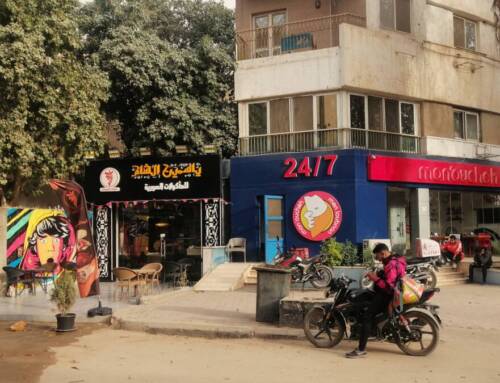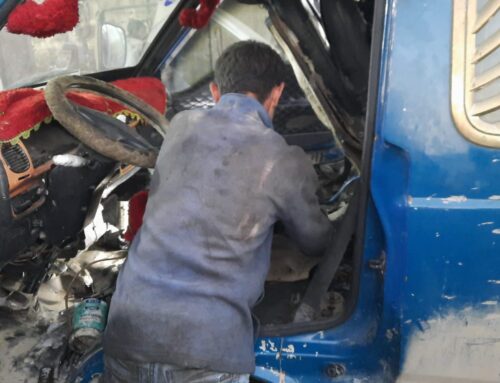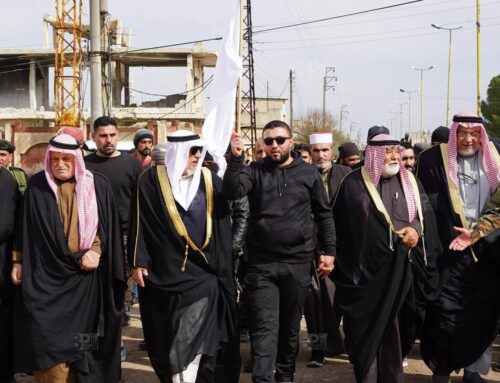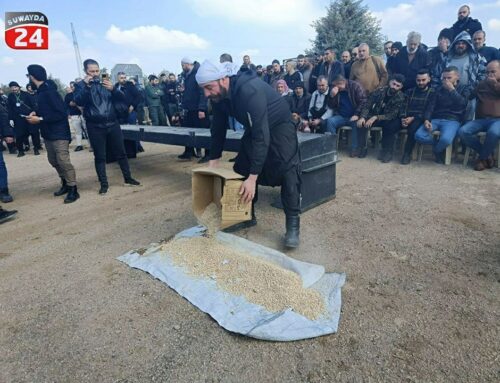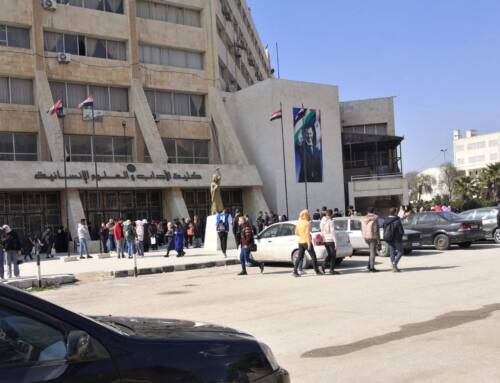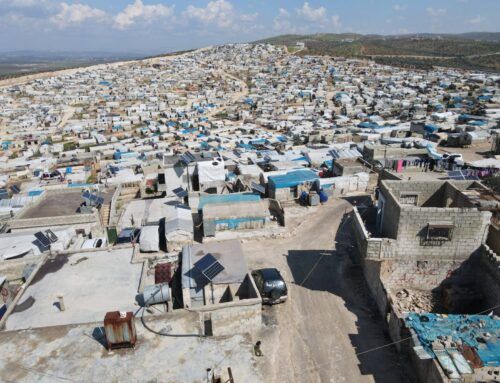The grim realities of Syria’s field hospitals
“What happens right after a hospital is bombed?” This is […]
31 August 2015
“What happens right after a hospital is bombed?” This is the question we put to Dr. Carlos Francisco, the Doctors without Borders (Médecins sans Frontières) head of mission in Syria.
In the second of a two-part interview, Francisco candidly discusses how Syrian doctors and nurses are literally forced underground because of barrel bombs, how they prioritize treatment and outlines the dangers facing anyone in the medical profession working in opposition areas of Syria.
Q: What happens right after a hospital is bombed?
Even if the hospital where medical personnel are working that needs to be closed down because of the structural damage, what we see is that they try to install the hospital in another place and restart services as soon as they can.
Q: When they move to another place, are there issues with the types of equipment that they can bring or operate?
Their main priority is to treat trauma cases. When they can, they try to keep all their services, pediatric or maternity or primary care. But in the field hospitals, they are mainly focused on trauma cases. This is what they try to prioritize while working from the basement.
You should also remember that the medical staff and their families live in areas were civilians are always targeted. The medical staff, they don’t only feel targeted when they are at the hospital, it’s that their families living in Aleppo, and when they are at home or moving inside Aleppo, they can also be targeted.
We see that in our staff. They suffer when they are in the hospital where they can be targeted, but also, they are suffering when they see that the neighborhood next to a hospital where their families are living is hit with a barrel bomb.
Q: One doctor from Idlib for example said that his hospital doesn’t have equipment required for their critical care department. Does a lack of equipment result in certain injuries, say from a barrel-bomb blast, not being treatable?
These are small hospitals. They are not prepared to handle every kind of procedure. They are mostly in the basements of buildings, or perhaps on the ground floor, which are generally the safest places for the staff. There are issues with equipment, but sometimes it’s a problem with the structure of the building itself; attacks have so badly damaged some hospitals that the rooms, walls, floors, piping and wiring are basically unusable.
It’s not just that it’s expensive to get equipment. You need to get the technician able to install it, and to do the maintenance, and to keep it running.
Last year in Aleppo, the only CT scanner that was working was damaged due to an electrical problem. It took almost a year to get the part we needed, and to get a technician to get the machine up and running again.
Q: What do field hospitals look like and what are they prepared to handle?
They are normally in buildings, in complete buildings. The only parts they are able to use are basements and maybe the ground floor. They are always made in concrete because they can withstand air attacks.
Q: How do medical staff set up the field hospitals?
In hospitals that were five-floor buildings, they concentrate all the services in the areas that they consider safe. In the basement, on the ground floor. Obviously that affects the capacity, so what we see is that they keep running the ER and the ICU in some of the cases, but they reduce the external consultation or even hospitalizations.
We see that the patient that gets an operation, after a few days they get released and go home, because hospitals are a target and they are not safe places for the doctor and patient. Plus, there isn’t enough space.
Q: How does who is controlling what care is given and to whom? Is there a priority in rebel controlled areas to citizens and civilians or a fighter? Is there priority for someone who is sick with cancer or someone who was wounded in war?
The people they prioritize are the wounded. I think they don’t distinguish between the fighter and the civilian. What we see is that in the Aleppo city and Aleppo countryside we are getting fighters and civilians, depending on the moment. I don’t think there is a discrimination between fighters and civilians. Hospitals and ambulances are taking care of wounded in general.
In hospitals closer to the border that are safer, there are some services provided for chronic diseases. In Aleppo city we don’t have many specialists dealing in chronic diseases. Hospitals don’t have the capacity for that because they are mainly focused on the wounded.
Q: You mentioned snipers and bombings. What type of injuries are the most common coming to the hospitals?
Most cases in Aleppo are directly related to trauma. Most of the wounded, especially civilians, are wounded during bombings or shellings. After four years, people know where the snipers are in Aleppo, but they cannot protect themselves from air attacks, barrel bombings or shellings.


